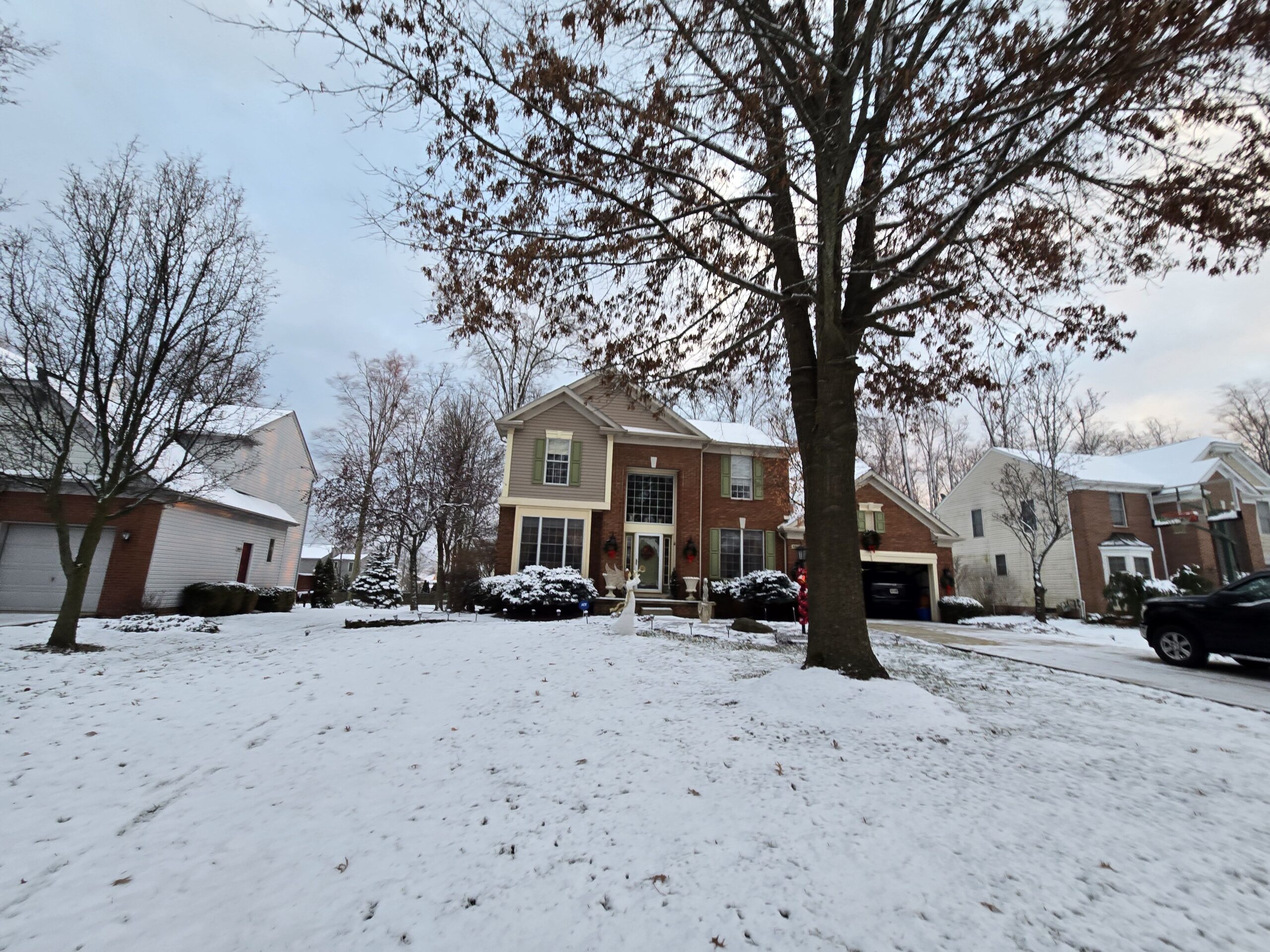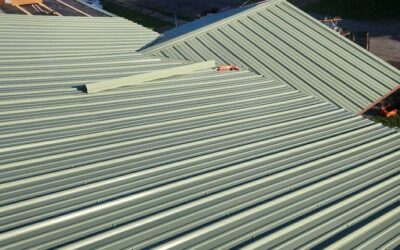Do Your Gutters Get Removed During Your Roof Replacement?
When it comes time for a roof replacement, homeowners often have many questions about the process. One of the most common concerns is whether their gutters will need to be removed during the installation. The answer depends on several factors, including the condition of your gutters, the roofing materials being used, and the techniques employed by your contractor. In this comprehensive guide, we’ll explore everything you need to know about gutters and roof replacement, helping you make an informed decision.
Understanding the Role of Gutters in Your Roofing System
Before discussing whether your gutters should be removed, it’s essential to understand their role in your home’s roofing system. Gutters serve as a drainage system that directs rainwater away from your foundation, preventing erosion, basement flooding, and damage to siding and landscaping. A properly functioning gutter system ensures that water does not pool on your roof or seep into your home’s structure.
Gutters are typically attached to the fascia board, which runs along the edge of your roof. The condition of your fascia, soffit, and gutter system plays a crucial role in determining whether removal is necessary during a roof replacement.
Do Gutters Need to Be Removed for a Roof Replacement?
The short answer is: it depends. In many cases, gutters can remain in place during a roof replacement, but there are situations where removal is the best option.
When Gutters Do Not Need to Be Removed
- Gutters Are in Good Condition: If your gutters are relatively new and in excellent shape, your roofing contractor may be able to work around them without removal.
- Roof Overhang Is Sufficient: If your roof has enough overhang, roofing materials can be installed without interfering with the gutters.
- No Fascia or Soffit Damage: If the underlying structure supporting the gutters is intact, there may be no need to remove them.
- Proper Gutter Installation: If your gutters were installed correctly and do not interfere with the roofing process, they may be left in place.
When Gutters Should Be Removed
- Fascia or Soffit Damage: If there is visible rot or damage to the fascia board, it’s often best to remove the gutters so that necessary repairs can be made before installing a new roof.
- Improperly Installed Gutters: If gutters were previously installed incorrectly or are sagging, removing them provides an opportunity to correct these issues.
- Gutter System Upgrade: If you are already considering upgrading your gutter system, it may be more efficient to replace them along with the new roof.
- Roofing Material or Style Change: If you are switching to a roofing material that requires a different type of installation (e.g., metal roofing), removing the gutters might be necessary.
The Roof Replacement Process and Your Gutters
If your roofing contractor determines that the gutters can remain, they will take extra precautions to ensure they are not damaged during the roof replacement. Here’s how the process typically works:
1. Inspection and Preparation
Before starting the replacement, a professional roofing contractor will inspect your gutters to assess their condition. If they find any damage or potential issues, they will discuss removal or replacement options with you.
2. Protecting the Gutters
If the gutters remain in place, contractors often use protective coverings or boards to shield them from falling debris. This ensures that your gutters are not dented, scratched, or filled with roofing materials during installation.
3. Roof Removal and Installation
During the roof replacement, contractors will carefully remove old shingles and underlayment while minimizing impact on the gutters. If necessary, temporary gutter supports may be installed to prevent any damage.
4. Post-Installation Inspection
Once the new roof is in place, the contractor will inspect the gutters to ensure they are still securely attached and functioning properly. Any necessary adjustments or repairs will be made at this stage.
Pros and Cons of Removing Gutters During a Roof Replacement
If you’re still unsure about whether to remove your gutters, consider these pros and cons:
Pros of Removing Gutters
- Ensures complete access to the fascia and soffit for repairs or replacement
- Allows for a cleaner and more efficient roof installation
- Prevents accidental damage to gutters during roofing work
- Opportunity to install a new, upgraded gutter system
Cons of Removing Gutters
- Additional labor and costs for removal and reinstallation
- Temporary exposure of your home to rainwater runoff
- Potential for additional expenses if new gutters are required
How to Decide Whether to Remove Your Gutters
The best way to determine whether your gutters should be removed is to consult with a professional roofing contractor. They will assess the condition of your gutters, fascia, and soffit and provide expert recommendations.
Factors to Consider:
- Age and condition of your gutters
- Type of roofing material being installed
- Whether fascia or soffit repairs are needed
- Budget for gutter removal or replacement
Choosing a Professional Roofing Contractor
If you need a roof replacement, it’s crucial to work with a qualified contractor who understands how to handle gutters properly. Look for a company with experience in both roofing and gutter systems, such as S&K Construction and Remodeling LLC in Youngstown, Ohio. As an Owens Corning Preferred Contractor, they provide expert roofing services while ensuring your gutters remain in top shape.
Conclusion
So, do your gutters get removed during your roof replacement? In many cases, they can stay in place, but if there is fascia damage, improper installation, or if you’re upgrading your gutters, removal may be necessary. The key is to have a professional contractor assess your home’s needs and recommend the best course of action.
If you’re planning a roof replacement in Youngstown, Ohio, or the surrounding areas, contact S&K Construction and Remodeling LLC for a consultation. Their expertise ensures that your new roof is installed correctly while keeping your gutters in top condition.
 (440) 307-2060
(440) 307-2060


